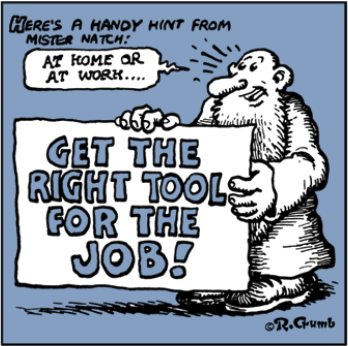There is a meme floating around out in the internet ether these days: “Is OWL necessary, or can you do everything you need to with SHACL?” We use SHACL most days and OWL every day and we find it quite useful.
It’s a matter of scope. If you limited your scope to replacing individual applications, you could probably get away with just using SHACL. But frankly, if that is your scope, maybe you shouldn’t be in the RDF ecosystem at all. If you are just making a data graph, and not concerned with how it fits into the broader picture, then Neo4j or TigerGraph should give you everything you need, with much less complexity.
If your scope is unifying the information landscape of an enterprise, or an industry / supply chain, and if your scope includes aligning linked open data (LOD), then our experience says OWL is the way to go. At this point you’re making a true knowledge graph.
By separating meaning (OWL) from structure (SHACL) we find it feasible to share meaning without having to share structure. Payroll and HR can share the definition and identity of employees, while sharing very little of their structural representations.
Employing formal definition of classes takes most of the ambiguity out of systems. We have found that leaning into full formal definitions greatly reduces the complexity of the resulting enterprise ontologies.
We have a methodology we call “think big/ start small.” The “think big” portion is primarily about getting a first version of an enterprise ontology implemented, and the “start small” portion is about standing up a knowledge graph and conforming a few data sets to the enterprise ontology. As such, the “think big” portion is primarily OWL. The “start small” portion consists of small incremental extensions to the core model (also in OWL) conforming the data sets to the ontology (TARQL, R2RML, SMS or similar technologies), SHACL to ensure conformance and SPARQL to prove that it all fits together correctly.
For us, it’s not one tool, or one standard, or one language for all purposes. For us it’s like Mr. Natural says, “get the right tool for the job.”


